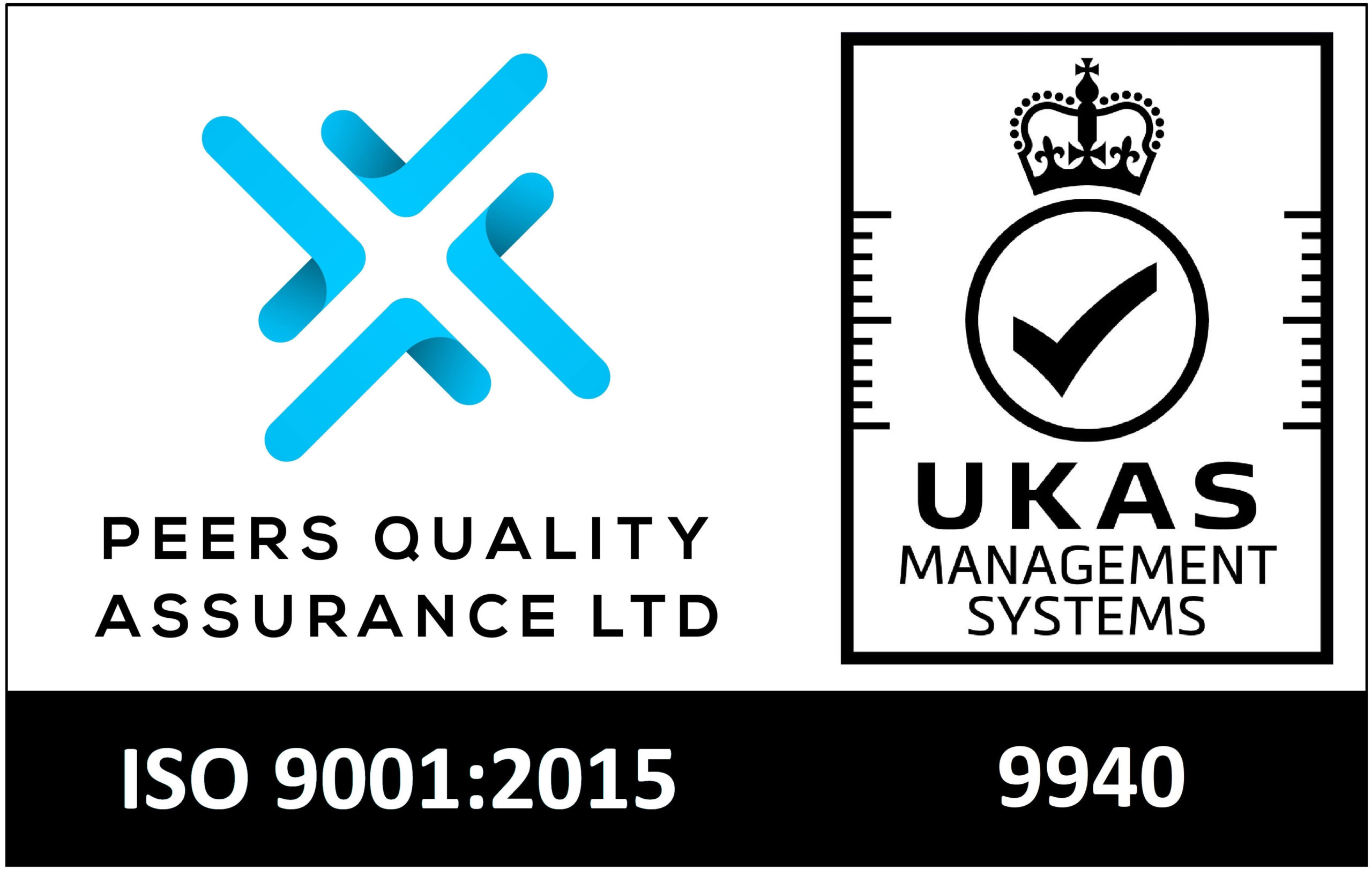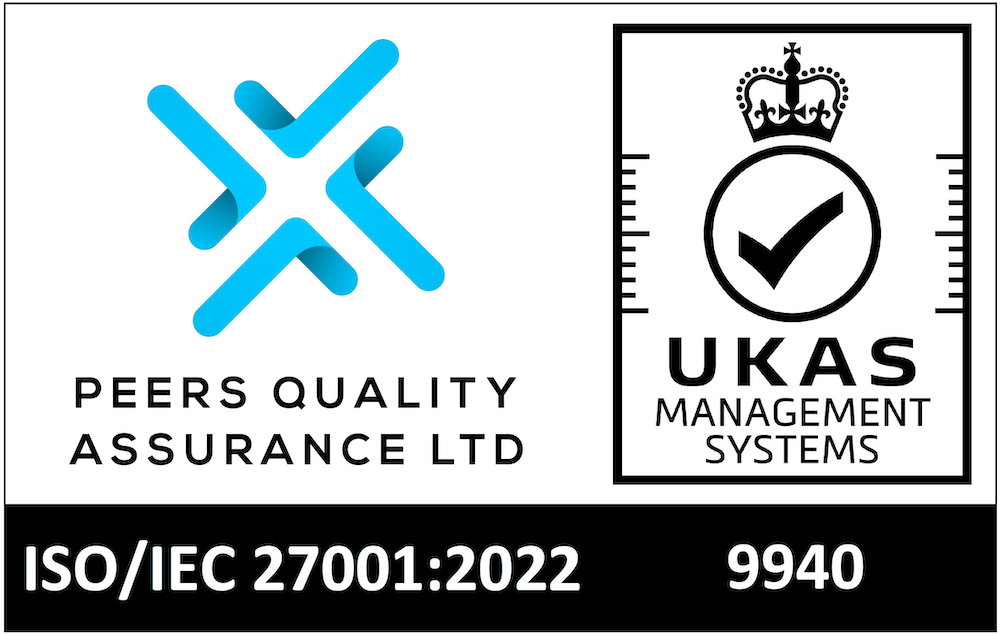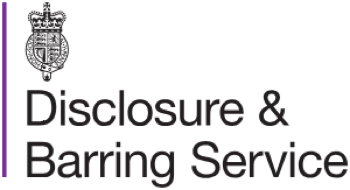Author: Joey Lyons
On the 2nd of November 2022 His Majesty’s Inspectorate of Constabulary and Fire & Rescue Services (HMICFRS) published a damning report on the state of UK policing in their report into vetting, misconduct, and misogyny in the police service.
The report doesn’t make pretty reading and we should remember that the consequence of many of the issues highlighted can be dreadful with the murder of Sarah Everard and many cases of sexual misconduct as proof of this.
Hopefully, the Home Secretary will take notice of the report commissioned by one of her predecessors and changes will be made but for the rest of us are there any learnings we can take from the episode?
We think that there are and perhaps we can improve the safety and security of others at the very least.
In this post, we wanted to look at some of the findings of the report and relate these to pre-employment screening and vetting in the private sector.
In this post;
- What vetting do the police do?
- Vetting isn’t for life
- Vetting needs to be proportionate
- Document your thoughts
- Learn the lessons
- Moving workplace
- Having an effective whistleblower policy
What vetting do the police do?
Police forces use two different vetting methods: national security vetting and police vetting. National security vetting is ‘owned’ by the Cabinet Office and carried out by the United Kingdom Vetting Service. Police vetting is owned by the College of Policing and carried out by individual forces. There is a little overlap between these regimes, but they largely assess different risks and have different decision-making criteria.
There is of course a valid question here as to whether police vetting should all sit under one authority and use the same criteria and decision-making process.
A note here though. When we carry out vetting for our clients we do not make any decisions or recommend any course of action.
Every organisation has its own criteria and its own risk profiles when it comes to roles so we couldn’t possibly hope to sensibly make a choice on their behalf.
Vetting isn’t for life
When we carry out vetting on a candidate it shows the state of play at that moment in time.
In this respect, it is a little like a car MOT. The MOT is only really a report on the day that the car drives into the MOT centre and is tested. When it leaves the garage it could easily run into a pothole that damages the suspension so much so that it would then fail an MOT.
Vetting is exactly the same. It shows the intelligence on the candidate on the day we do the check and if they are cautioned or convicted subsequently then this clearly won’t show up.
That’s why we usually suggest that clients have a rechecking policy that carries out a vetting periodically to show up any issues that may have occurred after the initial check.
Vetting needs to be proportionate
Police forces vet officers and staff to different levels depending on their roles. The minimum level of force vetting required before they can join the police service is called recruitment vetting (RV). Some roles need a higher level of vetting due to the postholders’ access to more sensitive information or due to the extent that the role involves working with vulnerable people.
This is quite normal and we always advise our clients to have a proportionate approach to pre-employment screening.
For example, a cleaner in an office may not have access to your systems or any valuable information or assets. In this case, you may only want to do a minimum level of vetting.
However, your Director of Finance or CFO has the keys to the cookie jar. They have access to information and assets and they form a major part of your executive team. This means that not only will you want to do the highest level of probity checking to ensure that they are an honest individual but you will also want to look out for reputational risks such as adverse social media use.
The report notes that in some cases the wrong level of vetting has been used
Another point that the report makes is that “vetting may not identify deeply hidden character traits”. In other words, vetting can only ever present tangible proof of what has happened in the past and not give any insight into behaviours that may not have been previously spotted.
Document your thoughts
We noted earlier that we don’t make recommendations or decisions on behalf of clients and the decision making process is a really important one.
The report notes that in many cases the forces recruitment team made decisions on adverse findings but failed to make any notes about their thought processes.
In many cases this was on findings that, on the face of it look very serious indeed.
We’d always suggest that you document your thought process on any adverse findings. Whether you feel it is appropriate to employ or not, you need to make sure you make contemporaneous notes so that if anyone ever asks why you did or did not take on a particular person you can back up your decision.
Learn the lessons
Probably the most dispiriting aspect of the report is the almost total lack of an ability to learn lessons.
In fact, so startling is this lack of ability to learn that Section 2 of the report details 12 years of instances where the police service could have looked at what was going on and changed its approach but didn’t.
Nobody expects human beings to be perfect but it is fair to expect that the police service will be better than your average person in the street and if it makes serious mistakes that it will go all out to put them right.
For any business, competitive advantage can be developed by simply having the ability to honestly look at errors and put in place fixes to make sure they don’t happen again.
Contrast that with organisations that refuse to learn the lessons from mistakes and how they atrophy.
Moving workplace
The report looks at what happens when officers transfer areas. In this case, where a vetting has been conducted during the previous 12 months the receiving force can accept this without carrying out a further check.
Intelligence about the officer can also be passed along. Specifically where there have been complaints or where there has been management action on behavioural issues.
In industry, companies need to make their own decision on this. The individual police forces seem to have chosen to carry out new vetting anyway, whether they get the results of previous checks or not and the report posits that this might be due to the Sarah Everard case.
You need to decide whether you want to carry out a new vetting on a candidate and the choice could be based on;
- The role being applied for
- The quality of the information received from the previous employer
- The time since a screening was carried out
- Any gaps in employment
- Whether they will be working with vulnerable people
Although it is in our interest to suggest that you should do a screening every time you take someone on, in truth, it is important that we are proportionate.
If you are employing someone that isn’t in a high-risk position, has a good screening result that is recent and you have good information from their previous employer then the need for a brand new screening is lessened.
Having an effective whistleblower policy
In December 2013, a former Cleveland Police officer was jailed for 19 years. He was convicted of ten rapes, two offences of inciting a child to engage in sexual activity, one offence of sexual touching and two common assaults. There were several victims and not all the cases against him went to court.
These red flags included;
- allegations of sexual assault on colleagues and members of the public;
- the receipt of love letters from ten-year-old girls he met through his work;
- inappropriate sexual language in front of colleagues;
- talking to colleagues about his sex life, including talking about sexual fantasies;
- misuse of force computer systems to search for the details of vulnerable women;
- possession of a phone that he kept at work and used on duty to contact women (referred to by colleagues as his “shagging phone”); and
- bullying and humiliating behaviour towards colleagues, particularly women, such as handcuffing them to a chair against their will.
The report details several instances where his disturbing behaviour should have raised a red flag but nothing was done.
So what is the lesson here?
We need to make sure that we have an effective whistleblower policy in place, that people know how to use it and that they can report bad behaviour knowing that they will face no sanction for doing so.
There’s a very simple reason why your organisation should take this step. Look at the list of red flag behaviours and think about what the reaction would be if one of your employees did any one of these things and it became public knowledge.
The HMICFRS report – summary
It seems crass to suggest that there might be a silver lining to this situation given the dreadful events that it relates to but we can at least learn some lessons from the sorry affair.
The most important one has to be that you have a formal, codifies policy regarding screening.
This needs to include what roles you will be screening for, how often you will screen and what level you will go to.
You’ll need to consider whether you want to accept pre-employment screening from previous companies and whether you will seek extra information.
And it is important that we all have effective and usable whistleblower policies in place so that if questionable behaviours are seen in the workplace that these are brought to light.
If you’d like to talk to us about the levels of pre-employment screening that are available and what is right for you then please give us a call on 01442 816 333 or email us at solutions@checkback.co.uk






